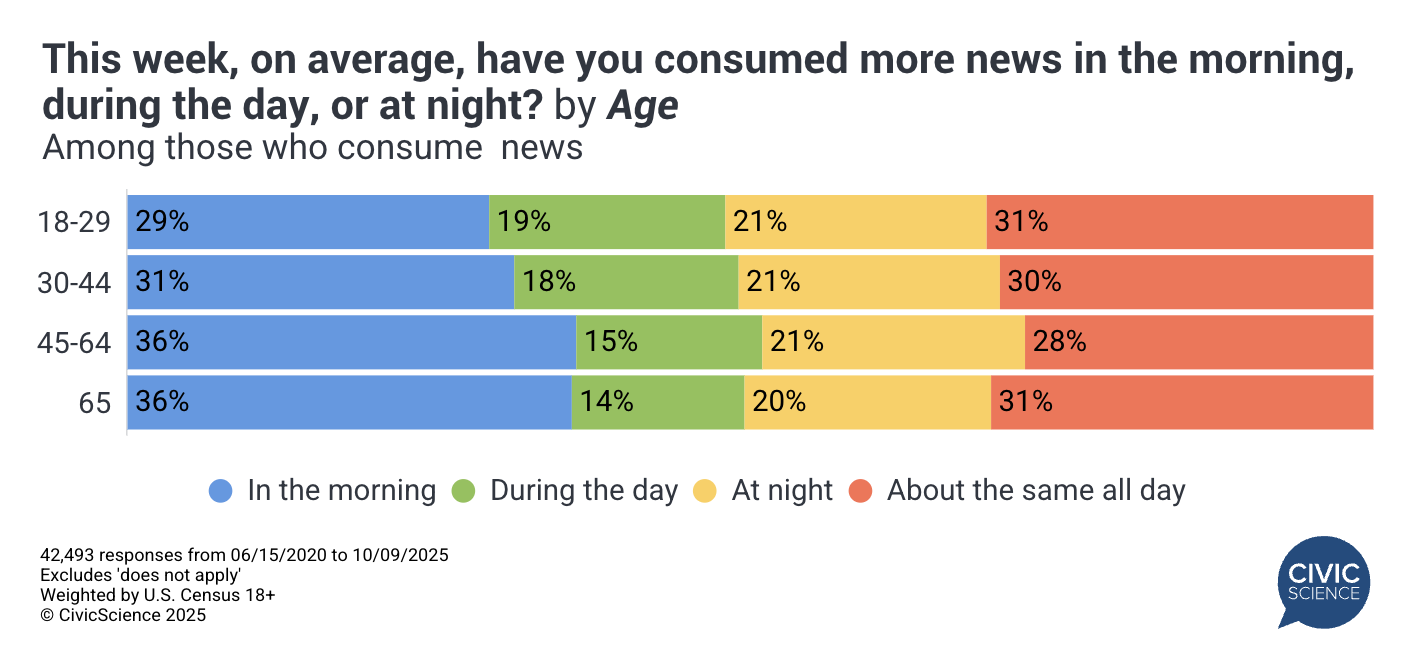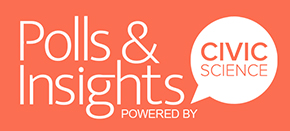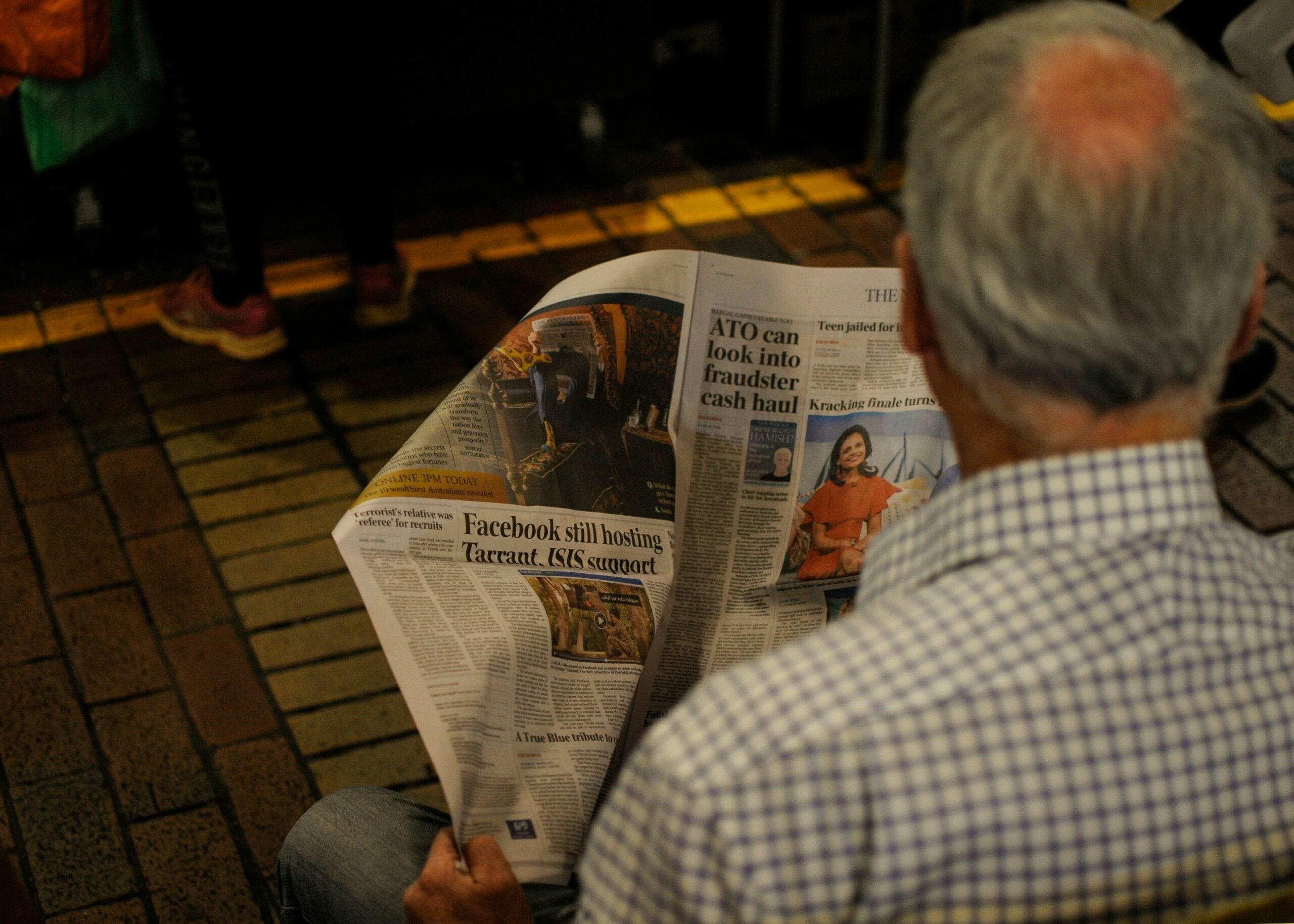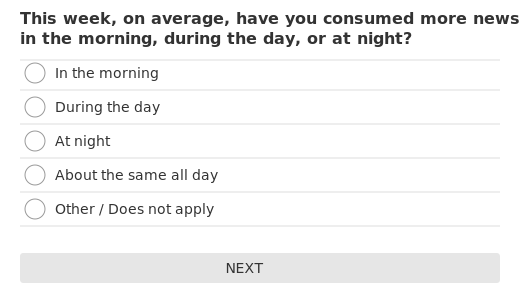When you consume the news may say more about you than you think. A CivicScience survey of over 40K respondents shows that among those who follow the news, 33% consume in the morning, 16% during the day, 21% at night, and 30% say they keep up about the same all day.
Age is one of the biggest differentiators: adults 45 and older are far more likely to get their news in the morning, while those under 45 lead in daytime consumption. Education also plays a role—those with graduate or professional degrees are most likely to read or watch news in the morning, while adults with no college degree lean toward nighttime news. Bachelor’s and graduate degree holders show higher daytime engagement. Suburban residents prefer mornings, city dwellers lean toward daytime, and rural residents are most likely to spread their news habits throughout the day. Regionally, Westerners lead in morning consumption, while those in the Northeast and Midwest are likelier to turn to the news at night.

But demographics aren’t the only thing setting morning, daytime, and nighttime news consumers apart:
-
Cord-Cutting: Daytime consumers over-index in cutting the cord.
-
Social Media Use: Daytime consumers spend the most time on social media, while nighttime consumers spend the least.
-
Stress Levels: Both daytime and nighttime news consumers report the highest stress levels.
-
TV Habits: Nighttime news consumers are likelier to watch cable TV, satellite TV, or local over-the-air programming.
-
Sleep: Unsurprisingly, nighttime consumers are more likely to stay up later, often past 11 PM, while morning readers tend to go to bed before 10 PM.
News consumption habits aren’t just about when people read or watch—they connect to lifestyle, technology use, and even sleep. Whether scanning headlines in the morning, scrolling during the day, or tuning in at night, Americans’ news routines reveal just as much about how they live as about what they follow.
Love taking polls? Sign up to participate in the Poll of the Day here.
This article’s data comes solely from CivicScience’s database, which contains nearly 700,000 poll questions and 5 billion consumer insights.


